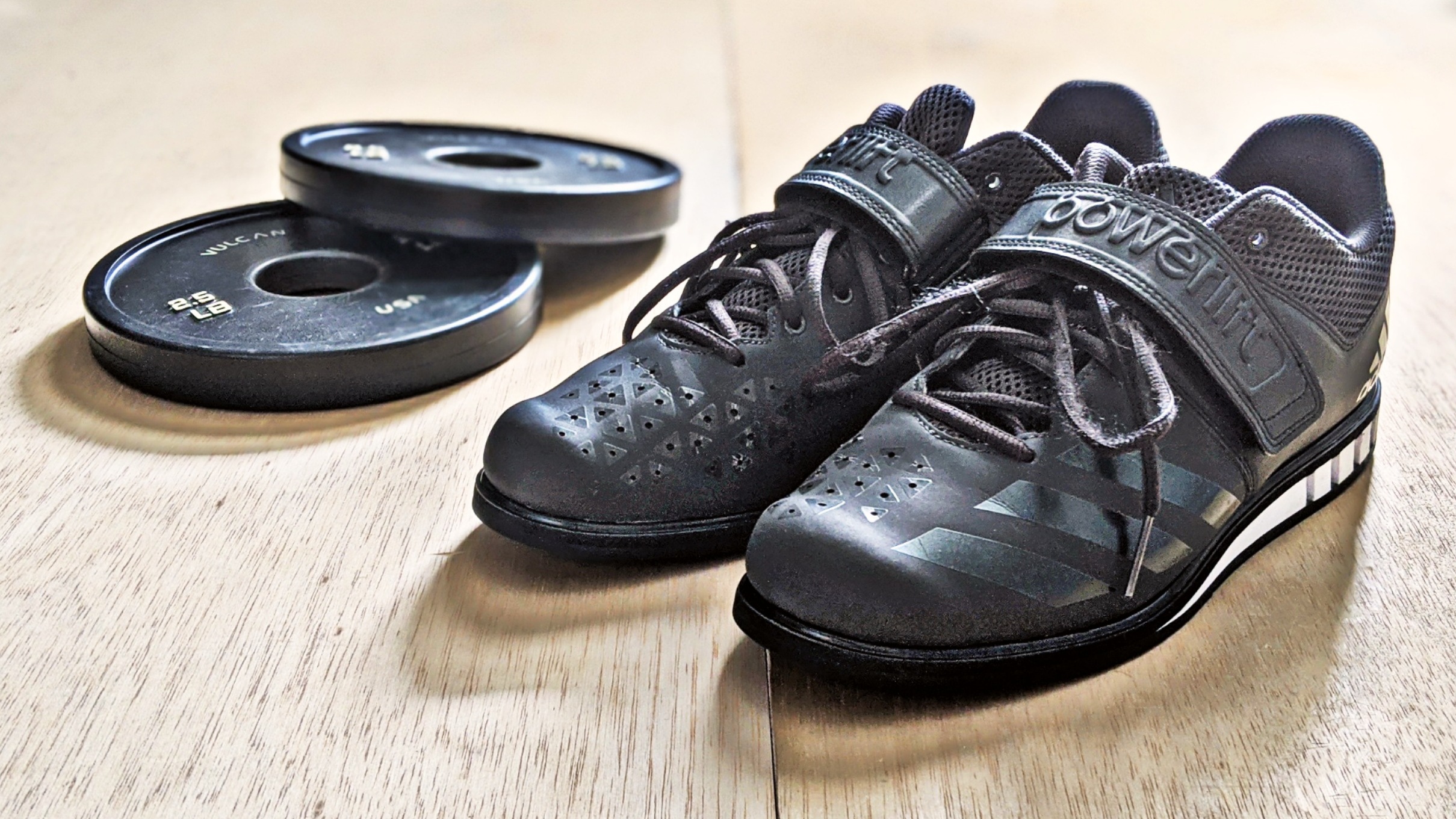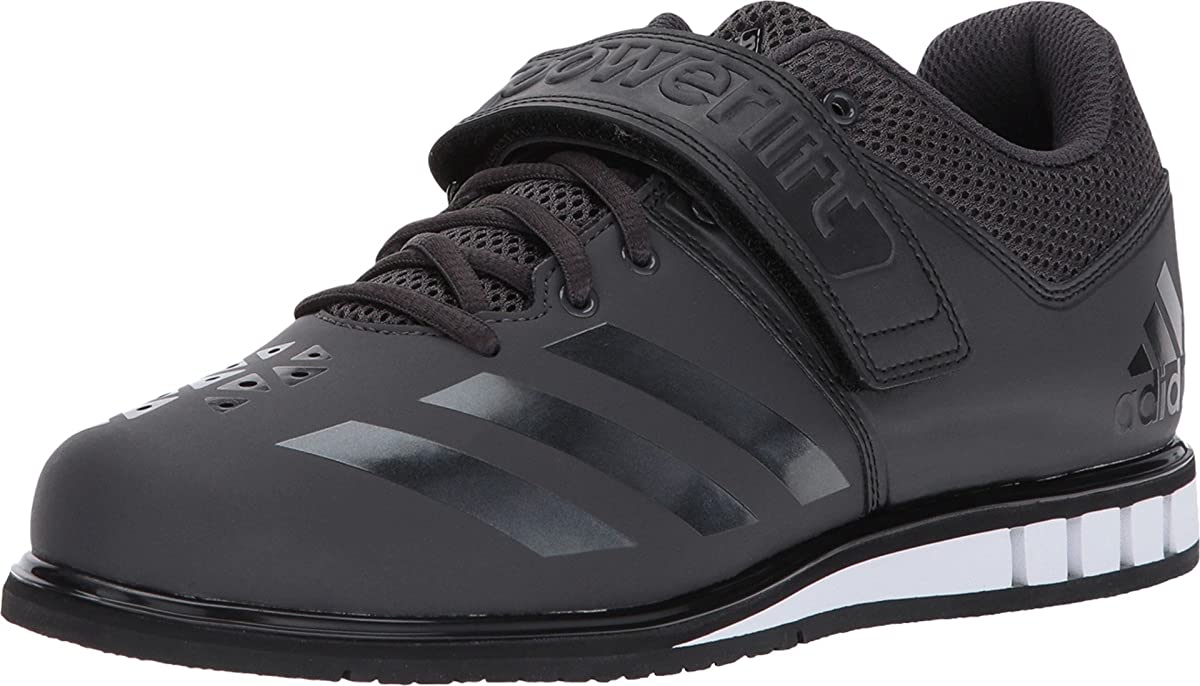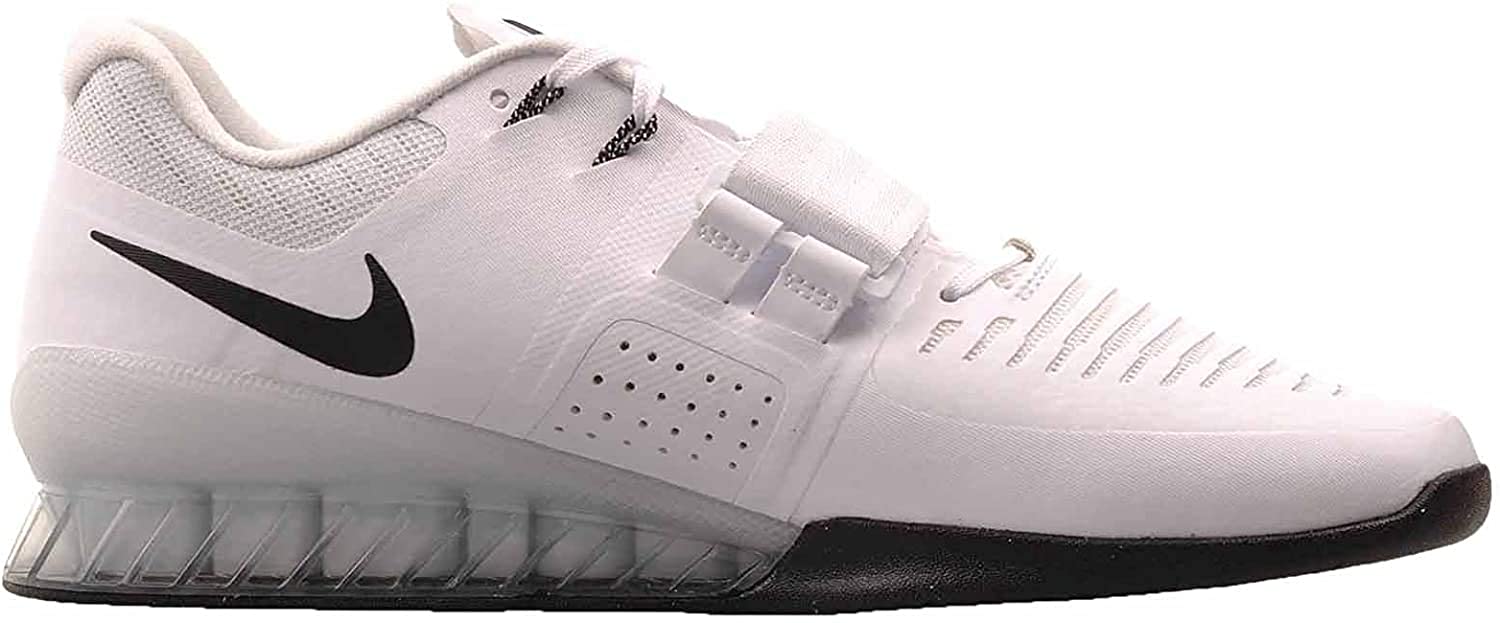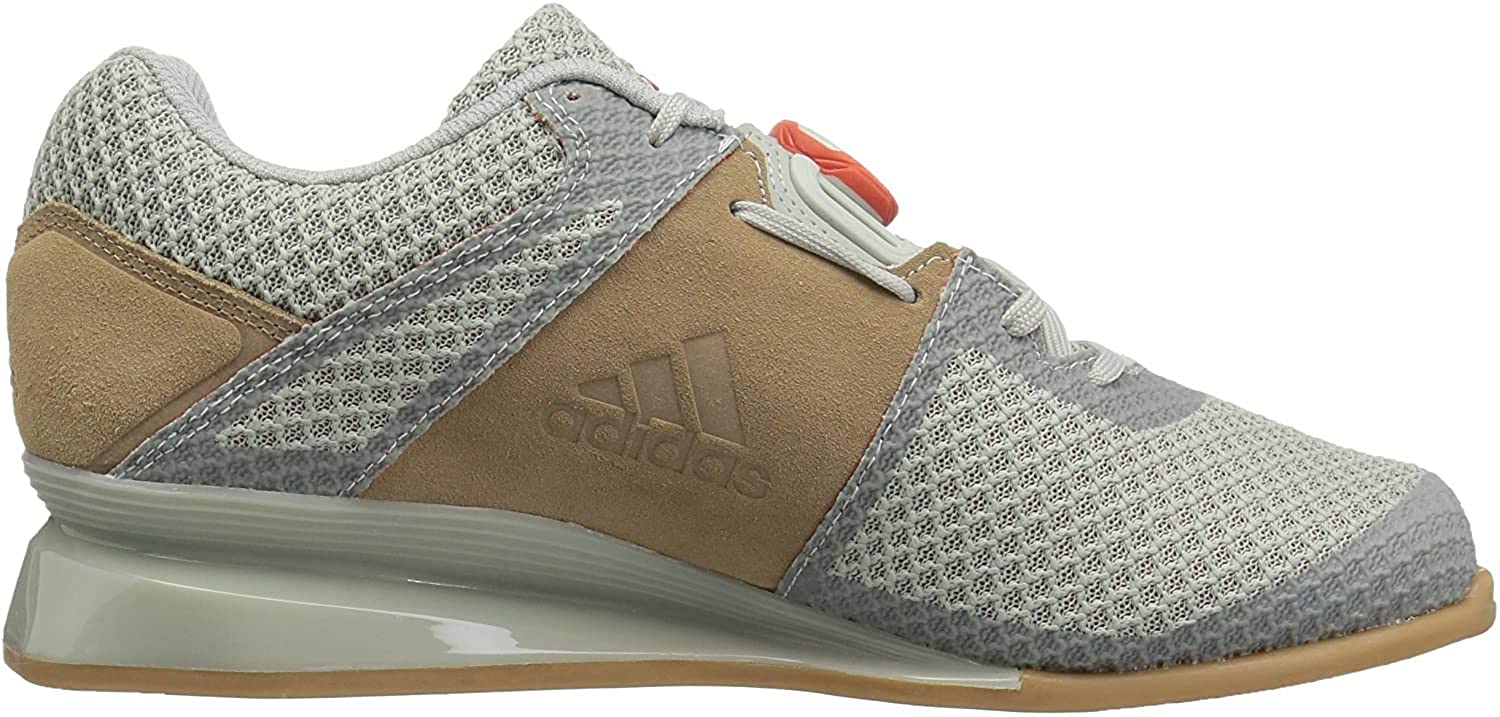Best Weightlifting Shoes [2020 update]
Up your weightlifting game in 2020 with some fresh kicks.
 by James Jones 4 min read
by James Jones 4 min read 
Last updated: June 20, 2022
OK, sure: You can probably lift just fine in your regular old tennis shoes. Hell, your grandpa probably squatted in his old Army boots. But if you want to really master the art of weightlifting, you’re gonna need some specialized footwear.
These days there are a lot of shoes out there, including lifting shoes, Olympic weightlifting shoes, powerlifting shoes, squat shoes, and even deadlift shoes. It can be hard to decide, so we put together this guide for you.
Best value: Chuck Taylor All-Star
The Chuck Taylor All Star is a timeless classic in and out of the weight room, and one of the most beloved and iconic sneakers in the world.
In the weightlifting community they enjoy a cult-like following, and not without reason. With their hard, non-compressible soles and durable construction the Chuck Taylor All Star is a highly effective shoe to pick up heavy things with. No joke, these shoes are great to deadlift in.
If you've always wanted a pair of Chucks but never felt cool enough to pull the trigger, here's your excuse.
Best for powerlifting: Adidas Powerlift
There are multiple benefits that come with using weightlifting shoes for workouts — and not just for powerlifters. One of the biggest reasons for their usage is the increase in ankle range of motion.
The Adidas Powerlifts feature a heel height of 0.6". The elevated heel allows a lifter to sit back more in the squat, facilitating a lifter’s ability achieve depth while keeping their foot firmly planted and their spine in the neutral lordotic position.
On the flipside, the increased heel height can make deadlifts more difficult. I say 'can' because some folks (specifically, those with relatively shorter arms) claim to see a benefit here in terms of angling the lifter forward at the beginning of the lift.
However, for most folks, increased heel height effectively places the bar relatively lower to the lifter. This increases the range at which the weight must be lifted. Nonetheless, this might be a worthy sacrifice if it means being able to safely execute the squat.
Best for Olympic weightlifting: Nike Romaleos 3
At an effective heel height of 0.79" inches, Nike Romaleos are a lightweight shoe that can help a lifter remain stable and achieve quality range of motion in the two main Olympic lifts: the snatch and the clean & jerk.
One cool feature with these shoes is they come with two insoles: a soft insole and a slightly heavier hard insole. You can choose the insole to correct specific behaviors. Those with slower feet, the lighter soles will increase mobility. If you have trouble keeping your feet planted, a heavier shoe can offer an unconscious cue to plant the feet.
Overall, the Nike Romeleos 3 is a high-quality Olympic weightlifting shoe
Most controversial: Adidas Leistung 16 II
With its effective 1" heel height and BOA lacing system, no other weightlifting shoe evokes more mixed emotions than the Adidas Leistung 16 II.
Earlier in this article we discussed how a higher heel can facilitate or hinder certain movements. Intuitively, it follows that these effects are exaggerated in the case of a 1" heel.
Weightlifters who choose this shoe typically do so because they have a unique anthropomorphic need. Typically, this means people with exceedingly long femurs or impaired ankle/hip mobility.
Another unique feature of the Leistung is its BOA lacing system, which tightens the laces and provides evenly distributed foot security. A drawback of this system is it tends to need to be re-tightened every few sets, which can be annoying during longer sessions.
So, if you're a daddy longlegs Olympic weightlifter with creaky ankles and also want to become even more long-leggy, well, the Leistung's might be your best bet.
So which weightlifting shoe is best for me?
The benefits of weightlifting shoes can vary depending on individual anatomical factors. Folks with longer femurs, shorter arms, shorter torsos and inflexible ankles tend to benefit from a higher heel.
Additionally, you should consider which sorts of lifts you'll be doing. Powerlifters (particularly deadlifters) tend to prefer a lower heel, while Olympic weightlifters tend to prefer a higher heel. So fancy.

James Jones
James holds a Bachelor of Science in Software Engineering from The Pennsylvania State University.
In his spare time he's an avid powerlifter and author of w8lifting.app.



